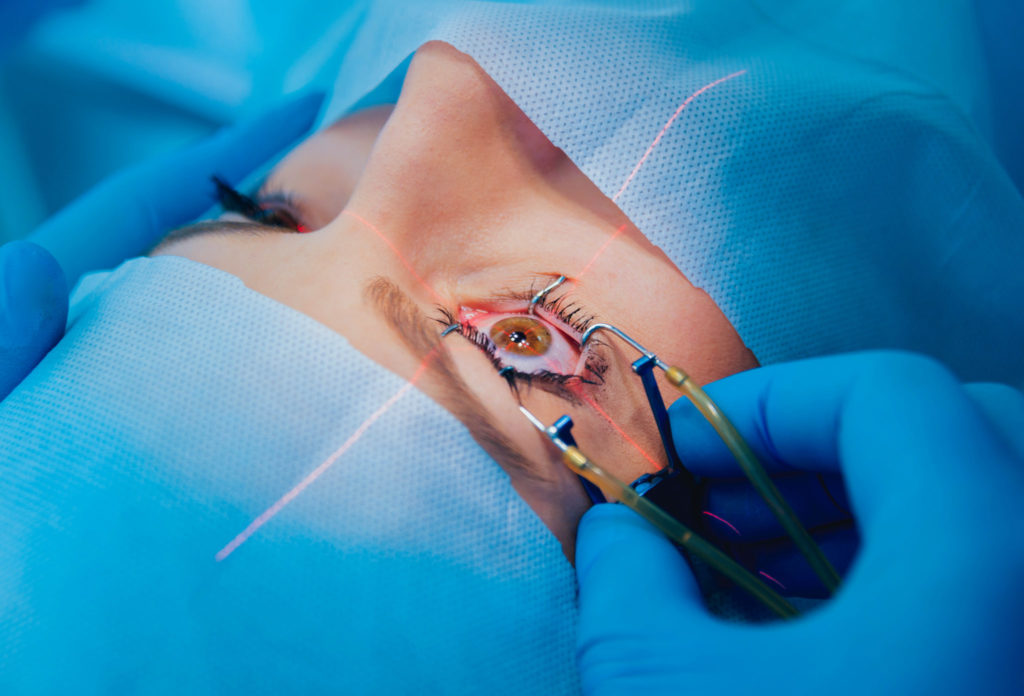
What is LASIK?
LASIK, which means Laser In Situ Keratomileusis, is a surgical procedure in which a hinged flap consisting of corneal epithelium and superficial stroma is created. After the corneal flap is created, a tissue-ablating excimer laser is used to reshape the exposed corneal stroma, and the flap is repositioned. The anterior corneal surface can be altered to modify a patient’s refractive error by varying the degree of corneal tissue removal beneath the flap. The corneal tissue has natural bonding qualities that allow effective healing without the use of stitches.
Contoura LASIK
CONTOURA® vision improves upon the traditional Wavelight® LASIK procedure by using today’s most advanced mapping technology to map the unique contours on the surface of your cornea, scanning samples up to 22,000 elevation points on each eye to create a unique vision profile for you. It creates a detailed scan showing microscopic peaks and valleys that can be smoothened out by the advanced laser system. The excimer LASER then delivers a customized, personalized laser onto your eye to correct the refractive error. The eye tracker is focused on the visual axis of the eye, making the reshaping of the cornea, both safe and accurate.
For this reason, this surgery provides the best vision results of all known procedures for laser vision correction, with the least side effects and complications. Vision results with Contoura Vision LASIK eye surgery are superior to all other LASIK procedures, making it the best option for your eyes since 2/3rd of patients experience supervision or vision better than 6/6 with very few side effects. In addition, the corneal aberrations can be rectified by the customized laser, the incidence of haloes, glare, and difficulties in night-time driving are very few.
What is Refractive Surgery for Myopia?
The most commonly performed procedures for low to moderate myopia utilize the excimer laser, which was first approved for this purpose by the United States Food and Drug Administration (FDA) in 1995. Photorefractive Keratectomy (PRK) was the first procedure performed; subsequently, laser in situ keratomileuses (LASIK) has become the most commonly performed keratorefractive surgery. Other keratorefractive procedures to correct low to moderate myopia currently include laser epithelial keratomileusis (LASEK or Epi-LASIK).

